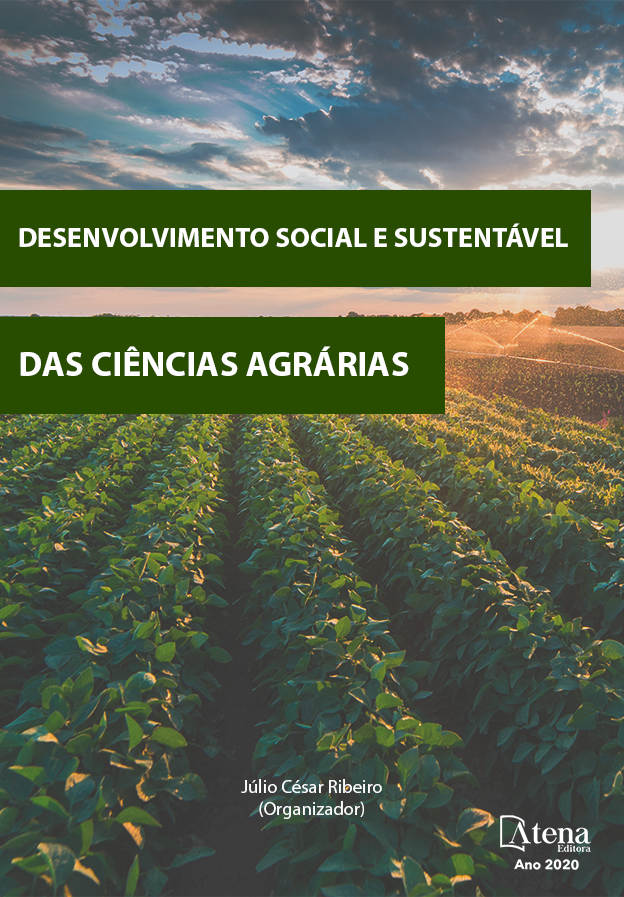
ESPÉCIES NATIVAS DE CERRADO DE USO ATUAL OU POTENCIAL DA REGIÃO DE BARBACENA, MG, BRASIL
O Cerrado brasileiro localiza-se na parte central do país, e depois da Mata Atlântica, é o bioma que mais padece com as intervenções humanas para expansão da agricultura. O estudo foi realizado na área de Cerrado do Instituto Federal Sudeste de Minas Gerais Campus Barbacena, com o objetivo de identificar as espécies de valor econômico atual ou potencial, com perspectiva de fomentar seu uso pelo pequeno agricultor e por comunidades locais, e ampliar sua utilização comercial. Foram realizadas coletas de espécies vegetais com material vegetativo e reprodutivo de indivíduos herbáceos, arbustivos e arbóreos por transecto linear em uma área de 56,28 ha. O material coletado foi herborizado para montagem das exsicatas e posterior identificação. Identificou-se 83 espécies, as quais foram utilizadas na elaboração de chave taxonômica, distribuídas em 29 famílias botânicas. O potencial econômico encontrado para as espécies amostradas é variável, podendo o uso ser medicinal, ornamental, madeireiro, alimentício, apícola, e em recuperação de áreas degradadas.
ESPÉCIES NATIVAS DE CERRADO DE USO ATUAL OU POTENCIAL DA REGIÃO DE BARBACENA, MG, BRASIL
-
DOI: 10.22533/at.ed.73320131020
-
Palavras-chave: Cerrado, bioma, preservação, chave taxonômica
-
Keywords: Cerrado, biome, preservation, taxonomic key
-
Abstract:
The Brazilian Cerrado is located in the central part of the country, and after the Atlantic Forest, it is the biome that most suffers from human interventions to expansion agriculture.The study was carried out in the Cerrado area of the Federal Institute of Southeast Minas Gerais Campus Barbacena, with the objective of identifying species of current or potential economic value, with the perspective of promoting their use by small farmers and local communities, and expanding their commercial use.
Collections of plant species with vegetative and reproductive material were carried out from herbaceous, shrub and arboreal individuals by linear transect in an area of 56.28 ha. The collected material was herborized for the assembly of the exsiccates and subsequent identification. 83 species were identified, which were used in the elaboration of a taxonomic key, distributed in 29 botanical families. The economic potential found for the sampled species is variable, and the use can be medicinal, ornamental, timber, food, beekeeping, and in recovery of degraded areas. -
Número de páginas: 16
- Santuza Aparecida Furtado Ribeiro
- Roni Peterson Carlos
- José Emílio Zanzirolani de Oliveira
- Glauco Santos França


